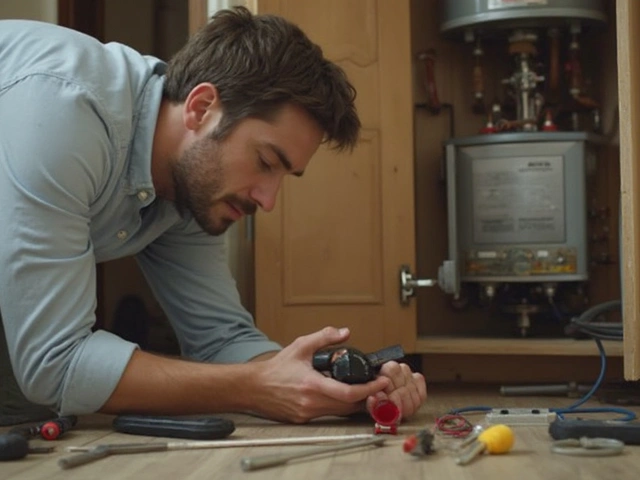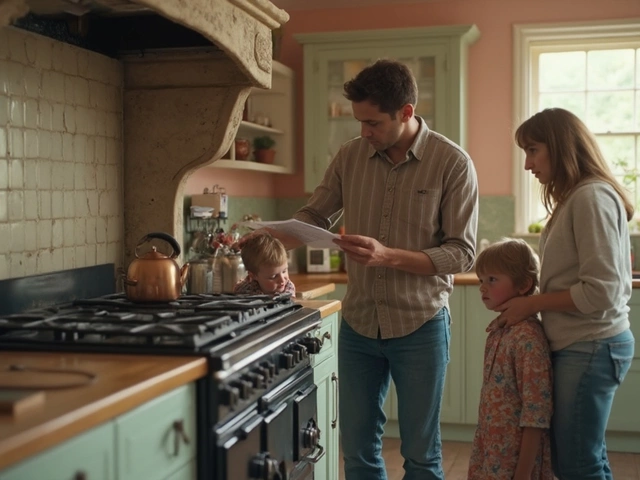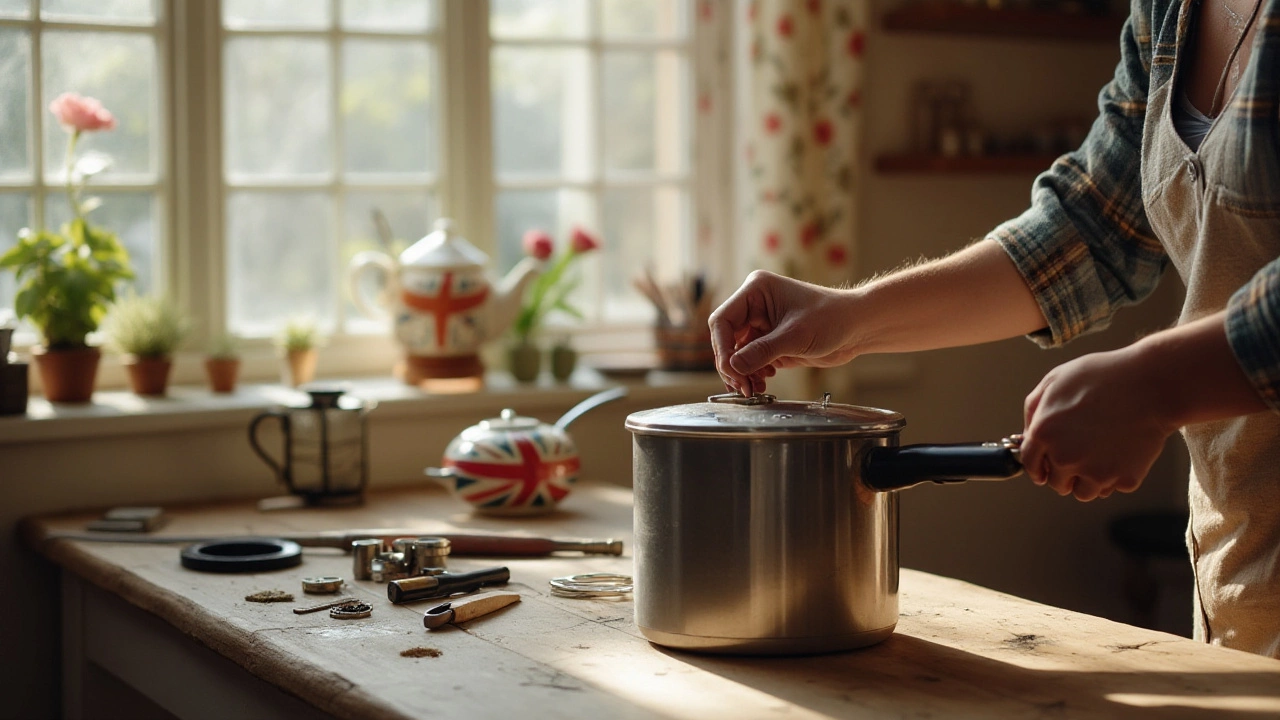Appliance Fixing – Simple Tips You Can Use Today
Got a fridge that’s humming but not cooling, a washing machine that won’t spin, or an oven that won’t heat? You don’t have to panic. Most everyday appliance problems have a straightforward fix, and with a few basic tools you can often solve them yourself. This guide gives you the most useful, no‑nonsense advice to get your gadgets back in action fast.
Common Issues and How to Spot Them
Everyone knows the dreaded “nothing works” moment. The trick is to narrow the problem down before you start pulling things apart. Here are the top culprits and quick checks you can do:
- Fridge not cold – Make sure the door seal is tight, the thermostat is set correctly, and the condenser coils are clean. A dusty coil can raise the temperature by several degrees.
- Washing machine won’t spin – Look for an unbalanced load, a blocked pump, or a worn drive belt. Removing any stray objects from the drum and re‑balancing the load often solves the issue.
- Oven won’t heat – Test the heating element with a multimeter; a broken element is cheap to replace. If the element is fine, the thermostat or wiring could be at fault.
- Dishwasher leaves water at the bottom – Check the filter and the drain hose for blockages. A simple clean‑out usually restores proper drainage.
- Extractor fan is noisy or not moving air – Dust on the fan blades or a loose motor mount can cause rattling. Remove the cover, clean the blades, and tighten any screws.
Doing these quick visual inspections can save you time and money. If the problem persists after the check, it’s time to dig a little deeper.
When to Call a Pro
DIY fixes are great, but some jobs are better left to trained technicians. Call a professional if you encounter any of the following:
- Electrical work that involves wiring inside ovens, boilers, or water heaters. Faulty wiring is a fire risk.
- Gas‑powered appliances, such as boilers or gas ovens. Incorrect handling can lead to leaks or explosions.
- Major component failures like a cracked glass hob, a broken compressor in a fridge, or a failed pump in a washing machine. Replacement parts often need specialist tools.
- Persistent leaks or water damage after you’ve checked the obvious points. Hidden pipe corrosion may need a full inspection.
Your local Rugby Appliance Repair Services team can handle these tricky jobs quickly. They offer same‑day service, so you won’t be left without heat or hot water for long.
In short, start with the easy checks: clean, tighten, and test. If the appliance still misbehaves, weigh the cost of a part against the price of a professional call. Most homeowners find that a quick DIY fix saves a few pounds, but knowing when to hand it over to an expert keeps your home safe and running smoothly.
Got a specific problem not covered here? Browse our blog posts for detailed step‑by‑step guides on everything from glass hob repair costs to boiler lifespan tips. And whenever you need a hand, Rugby Appliance Repair Services is just a phone call away.






